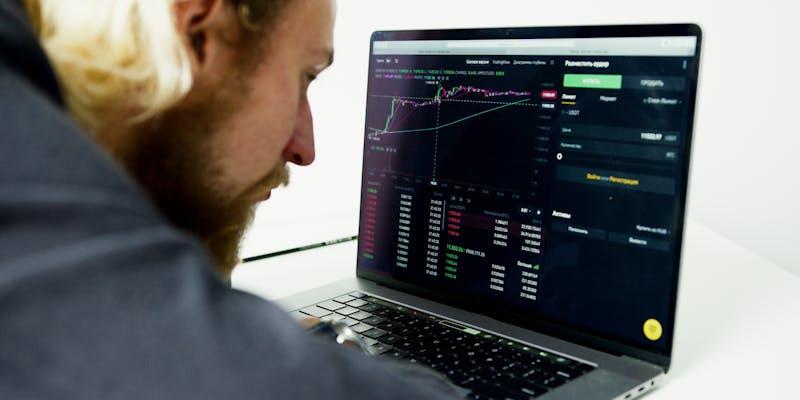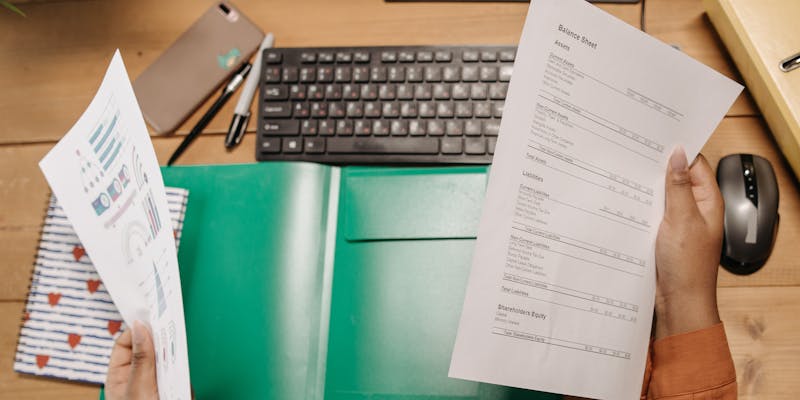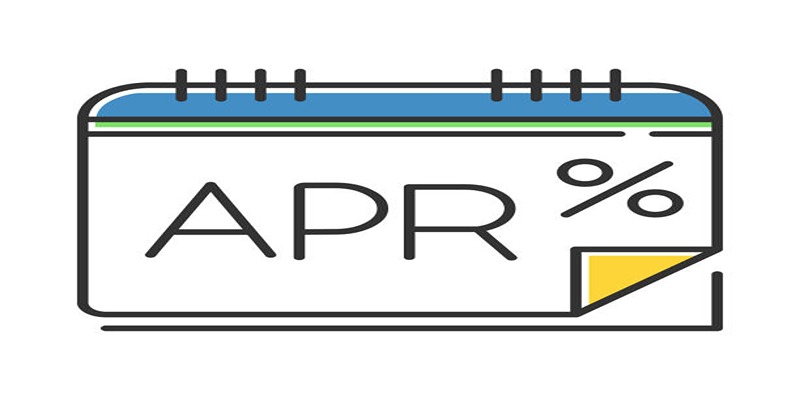Part-Time Day Trading Made Easy - How To Get Started
Many are interested in part-time day trading, but few are willing to quit their careers for one-to-one trading. Many professional part-time day traders deal for a few hours a day besides other jobs. If you're considering day trading, here are some suggestions to maximize your time and avoid blunders.
Pick a Suitable Marketplace
Global markets trade 24/7. Choose one that's active when you can trade. Follow these important practical considerations:
- Your broker offers market access throughout the time you have at your disposal to trade.
- Select stock traders' daily market liquidity and volatility.
- Part-time day traders in Asia may trade US markets at night after work, the first two hours of US opening fit before Asia's nap.
- US part-time day traders can use Hong Kong's HSI or Korea's KOSPI futures.
Watch Day Trading Markets' Exchange Rates

This is related to the first point on market selection. Due to employment obligations, mostly a part-time traders trade internationally. Foreign exchange risks are associated with trading overseas, which requires foreign currency depositsforex fluctuations harm returns. You can avoid, accept, or hedge FX swings depending on your situation.
Avoid Trading Throughout the Session
Focusing on the initial and last two hours of the trading session, regardless of market, matches market activity. One-to-one trading opportunities and volatility are highest during these times, making active activity ideal. By focusing trading efforts within these periods, traders can capitalize on market action while avoiding market monitoring.
Trading during volatility has benefits. First, it lets traders trade at peak activity when price changes are greater, enhancing profit possibilities. Second, limiting trading to specified hours reduces noise and inefficiencies during less active trading hours. Focus and discipline help traders make better decisions and reduce risk using this concentrated approach.
Furthermore, selective trading during volatile times may result in fewer missed chances than constant market monitoring. Trading during the session can exhaust you and reduce your performance, resulting in lost opportunities or costly blunders. Traders can maximize performance and mental and emotional health by focusing during optimal hours.
Choose a Time-Sensitive Trading Time
Time-sensitive day trading setups include "Opening Range Breakout." The high and low price ranges are identified within 30 minutes to an hour of trading. After establishing this range, stock traders daily wait for a breakthrough above or below the high or low to trade in that direction. This approach takes advantage of market opening volatility and trading activity. Part-time traders can maximize trading possibilities and use their time efficiently by focusing on this time window.
Do Not Trust Hot Day Trading Tips
This advice should be followed by all traders and investors, not just day traders. Time pressure tempts part-time day traders to follow hot advice.
Part-time day traders may lack time for analysis. Some may compensate by using other people's assessments, such as suggestions from fellow traders or their favorite finance websites. The notion is bad. Day trading part-time is day trading. Of course, part-time day traders should maximize their time. This differs from cutting corners.
Considering Automated Day Trading
Properly programmed automated trading benefits a part-time trader. Automated trading increases efficiency and flexibility by letting the trading platform execute trades while traders focus on business or leisure. This structure enables traders to use their free time to research and create trading techniques, improving their trading strategy.
However, automated trading has distinct risks and difficulties. It involves detailed programming, market dynamics, and risk management knowledge. Not everyone has the abilities or understanding to handle these challenges. Traders should understand the risks and concerns of automatic trading before starting. They may, therefore, make informed judgments and avoid traps, ensuring that automated trading matches their trading goals and capabilities.
Maintain a Full-time Day Trader Level of Risk Control
Day trading risks must be considered even if you trade part-time. Risk management includes numerous aspects:
- Sizing position
- Cash management
- The operational risk
Know the position sizing models and regulate your trading size to avoid ruin. Bennett McDowell's book is a solid start. Cash management is essential for the part-time trader seeking full-time trading. It entails withdrawing profits frequently and growing day trading money. Answer these questions using a full-time trader's perspective on your finances. You should also reduce day trading operational risk by following these instructions:
- Back up your trade terminal often.
- Be prepared with a backup power source.
- Make a backup internet connection.
- Keep your broker's number handy.
Do Not Day Trade At Work

Day trading takes total concentration. Never trade at work, no matter how tempting. Your broker may offer a great mobile trading platform and fast broadband internet at work. Don't trade at work, despite temptation. Imagine your boss calls you away before you can place your stop, and your trading account is wiped out. Or a sudden iPad loss of connectivity with the latest broker trading app. Stock trader daily trades at the workplace outside of your trading terminal might go wrong for various reasons. (Your firm won't like it either.)
Review Deals on Weekends When not Day Trading
Batch processing helps part-time day traders maximize weekday trading. This maximizes efficiency and productivity by doing similar trading tasks in designated periods. During weekdays, discipline helps one-to-one trading traders manage their time and decrease the burden of split-second decisions. Weekends are also good for gathering and analyzing trade data, allowing traders to evaluate their transactions and improve their tactics without live trading interruptions. This grouping of tasks helps traders make informed judgments and maximize their weekday and weekend time.
Consider Swing Trading Instead of Day Trading
Swing trading appeals to time-pressed traders seeking a simpler trading strategy. Unlike day trading, which can feel like juggling many jobs and lead to burnout, swing trading lets traders hold positions for several days without constant monitoring. Part-time traders with limited market time benefit from this method.
A part-time trader can quickly assess market conditions after the close and make orders before the market opens, simplifying their trading process and timetables. Due to lengthier positions and market volatility, swing trading needs cautious capital management and overnight risk. Swing trading can be successful while managing other commitments for individuals who can manage these risks.












